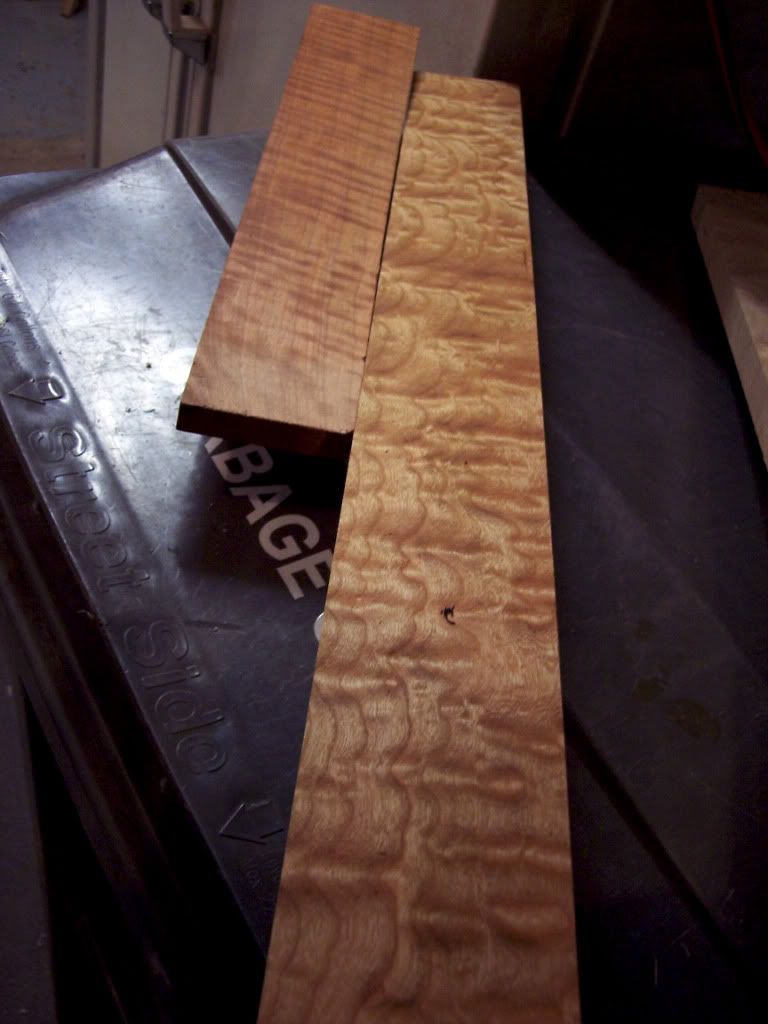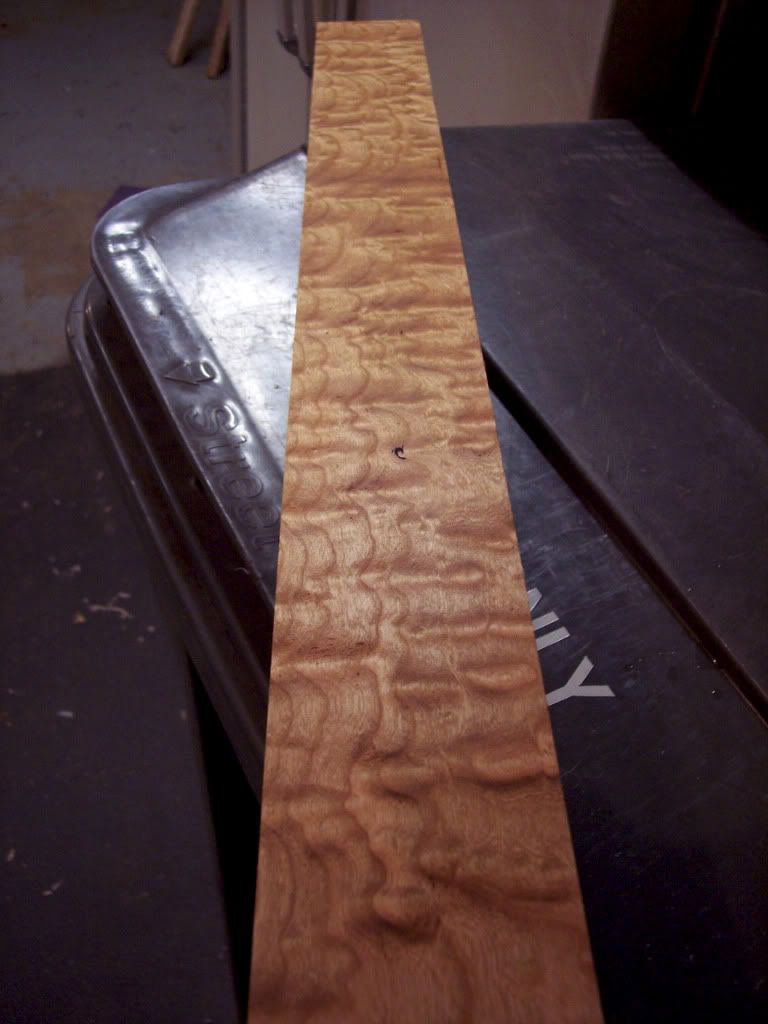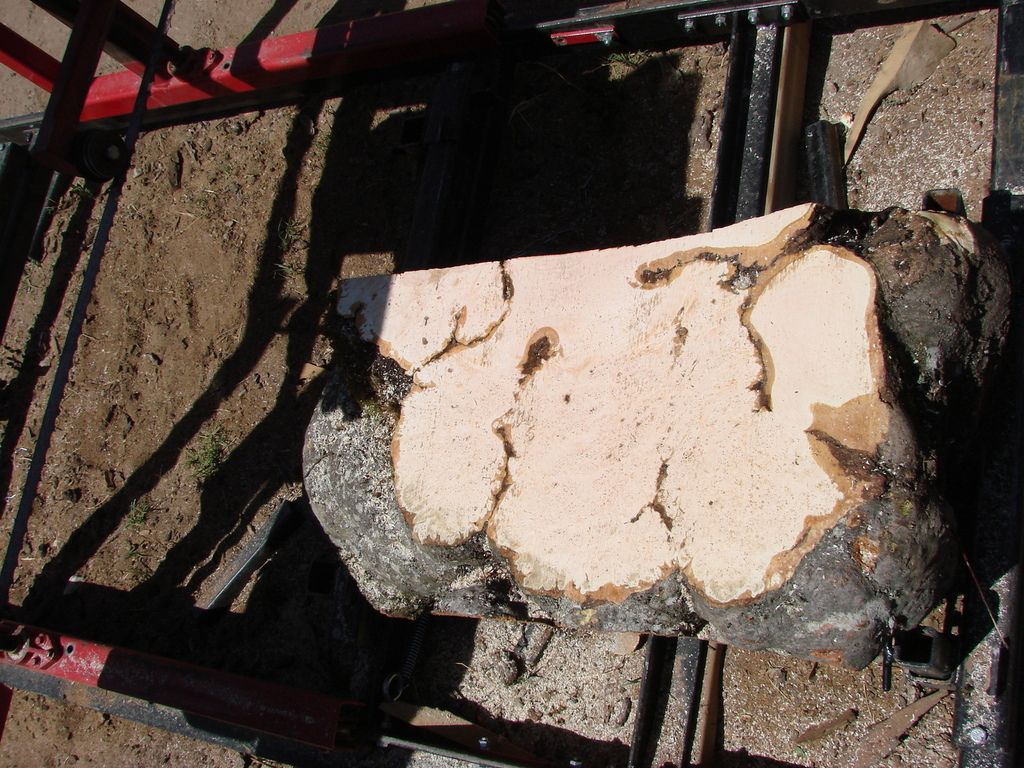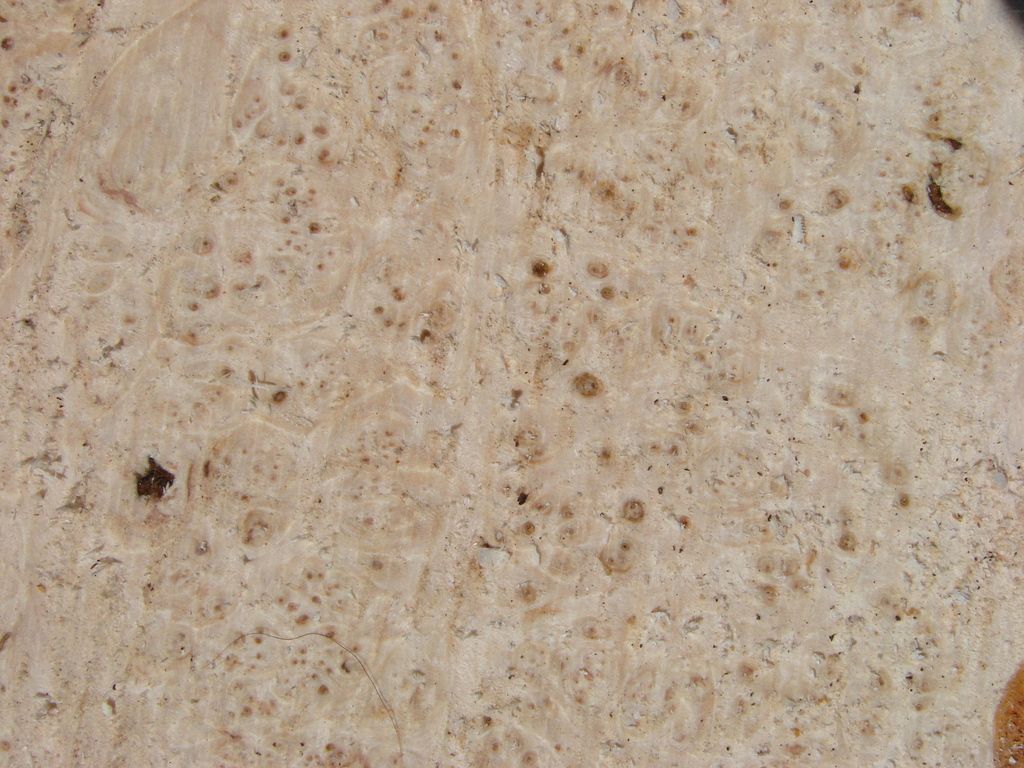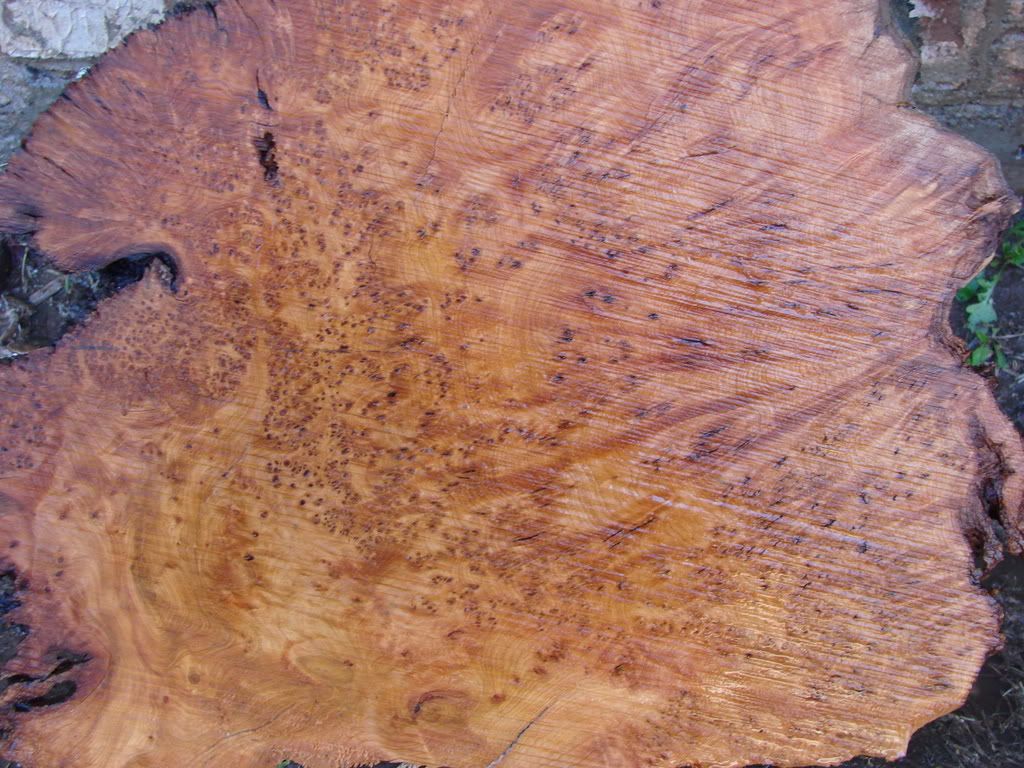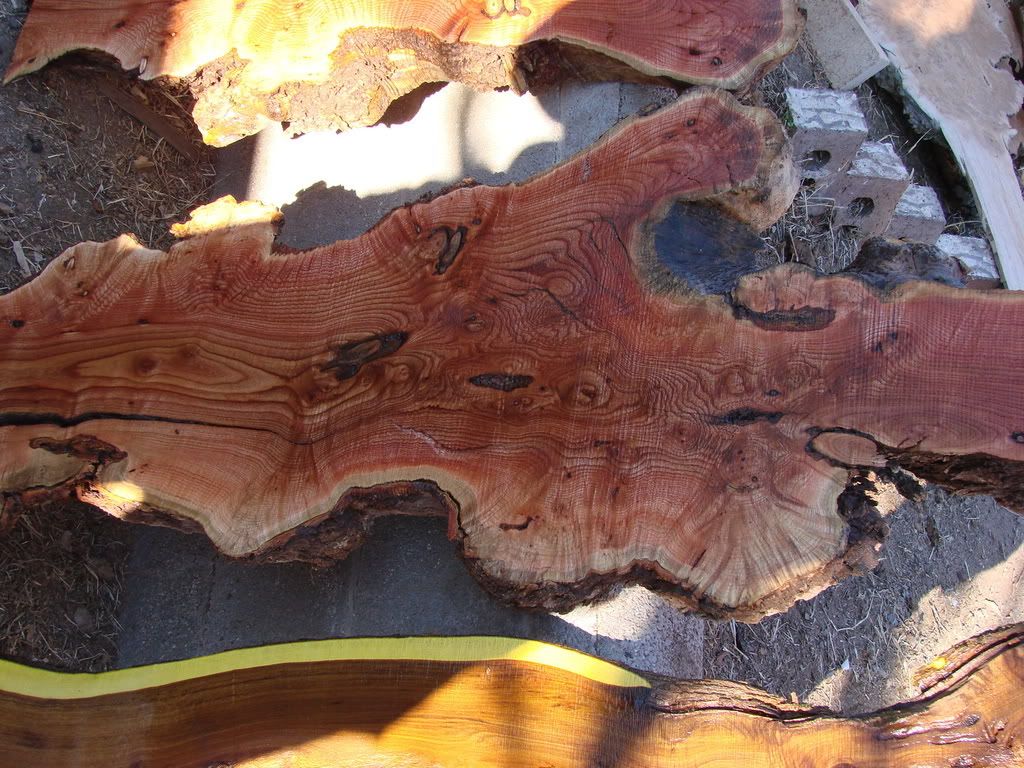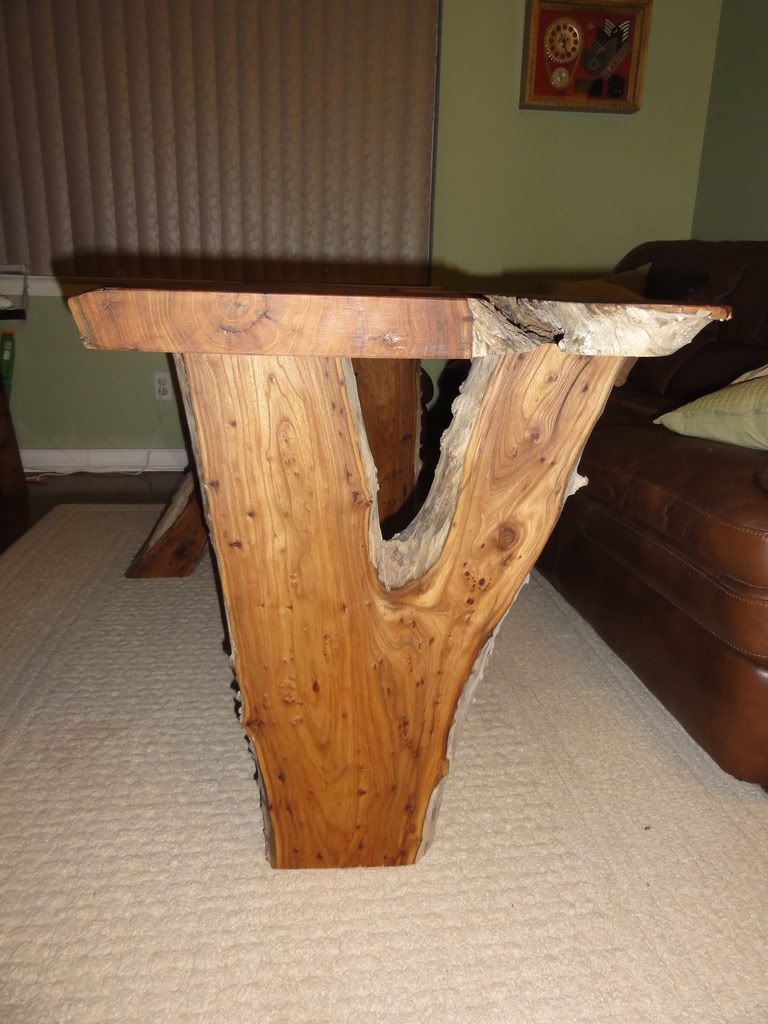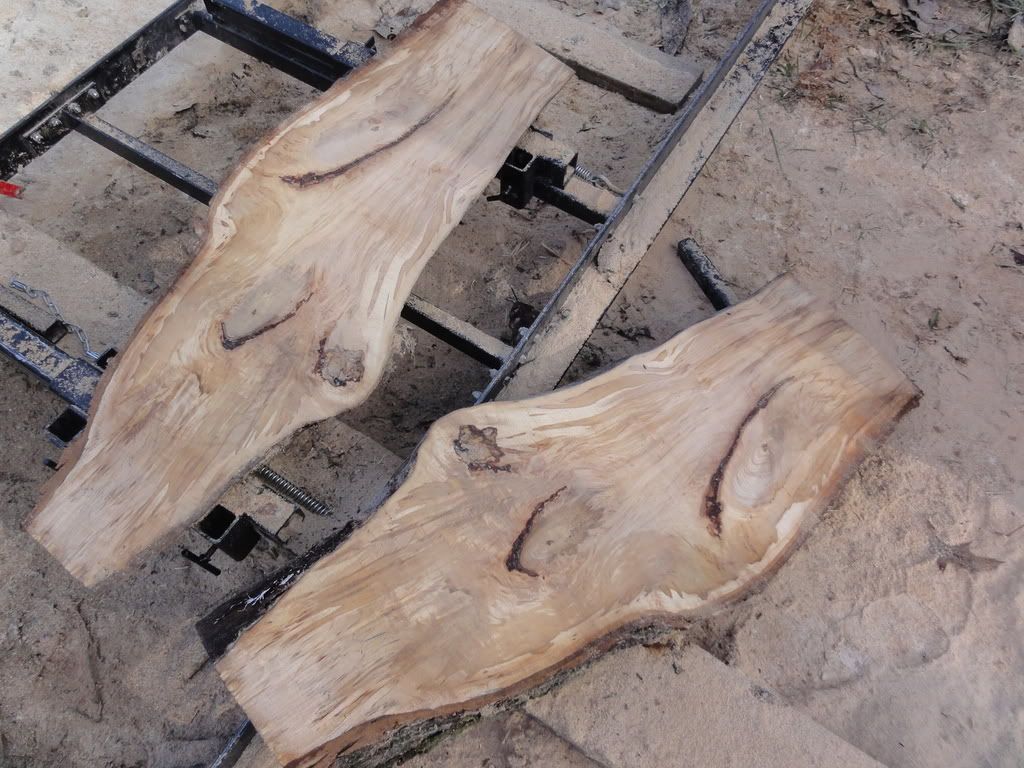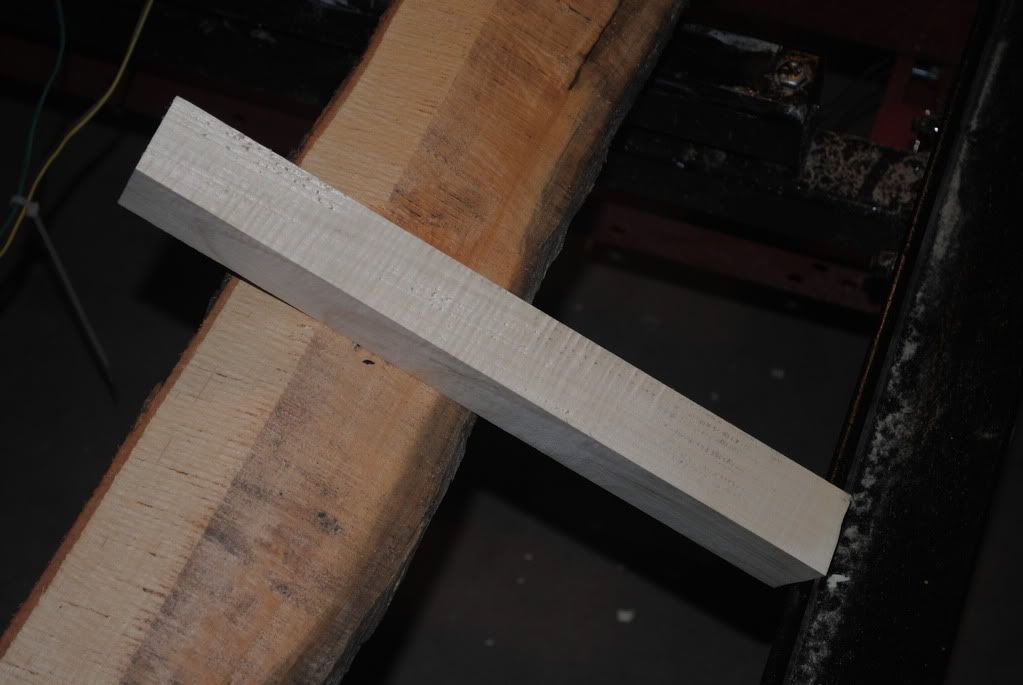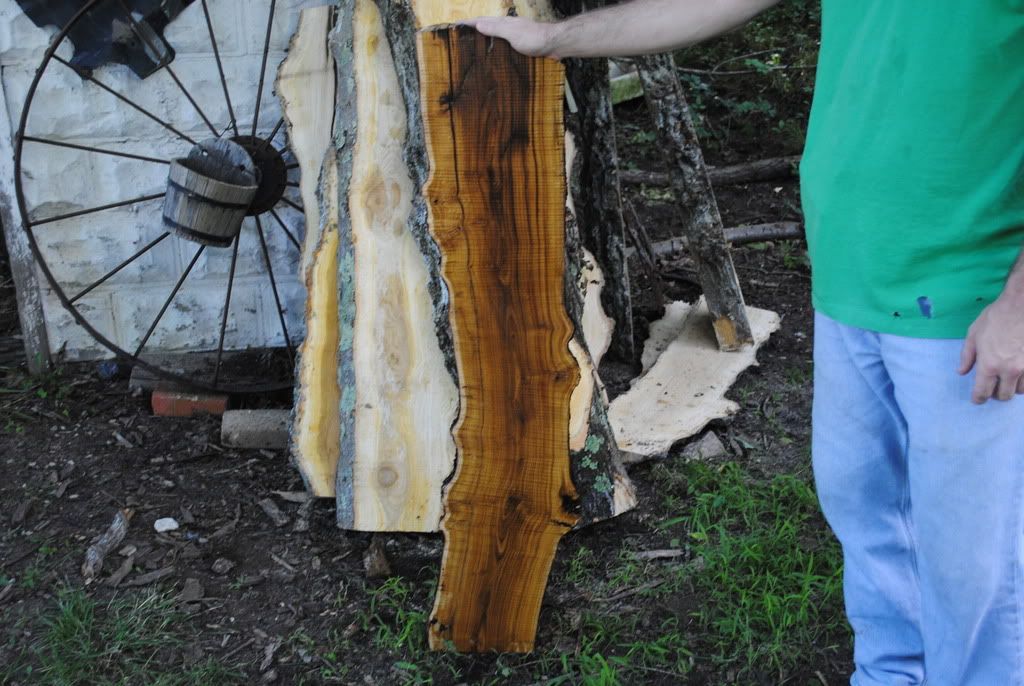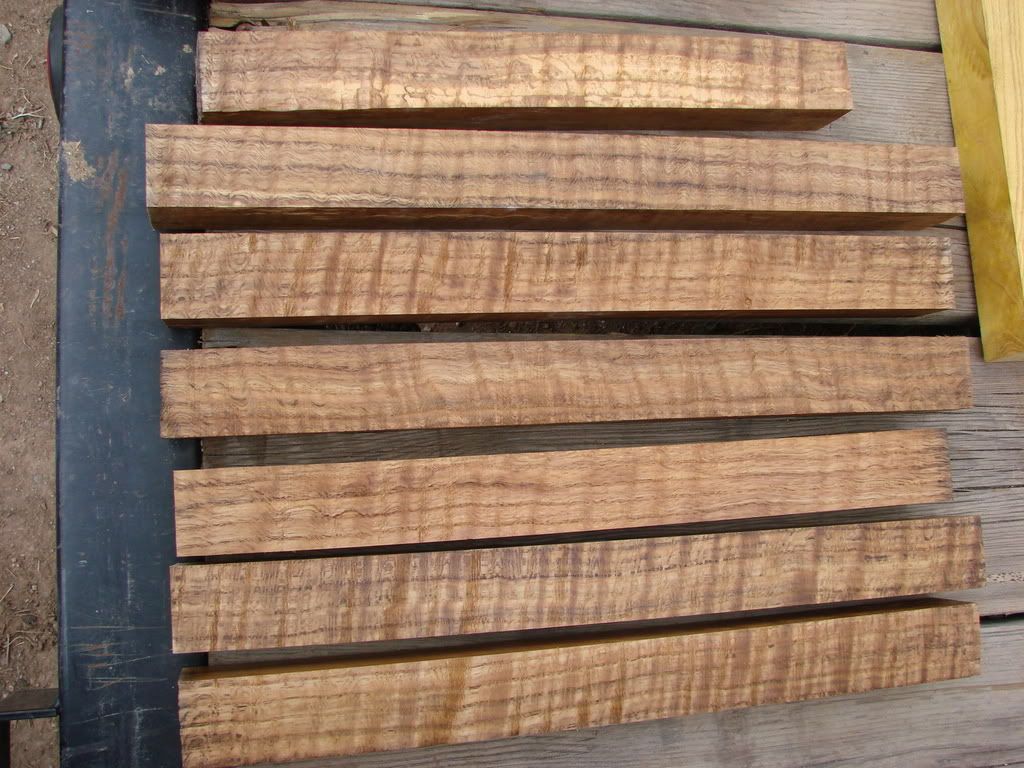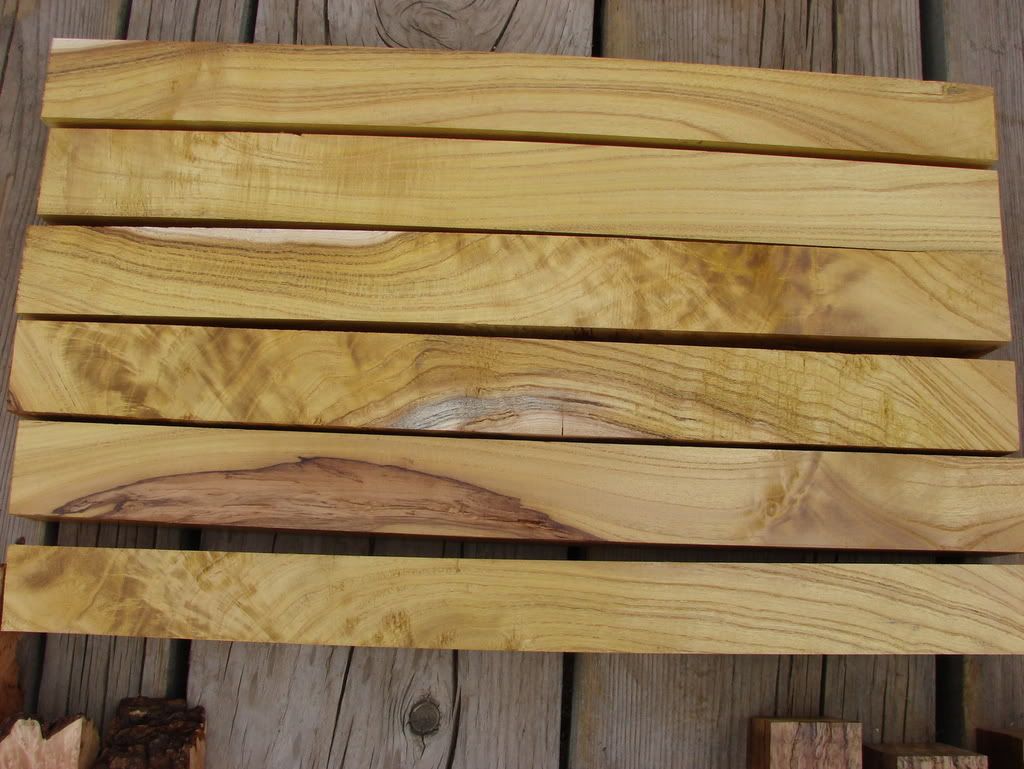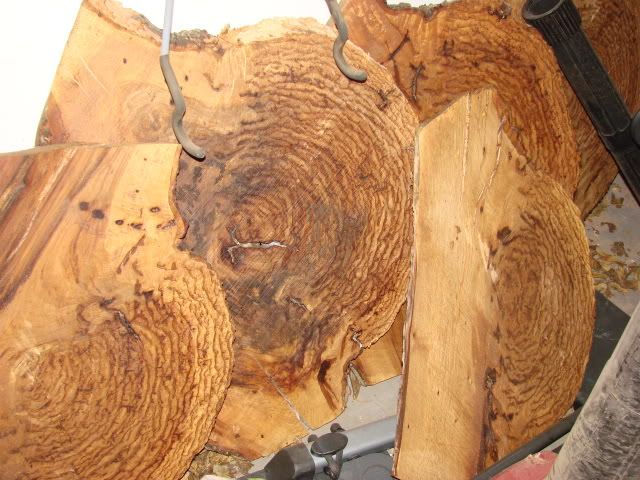I do quite a bit of wood working, but I'm not a cue maker.
I build boxes, cabinets, and display cases.
I generally use red oak, cherry, maple, and ash.
Do any cue makers use cherry for cues? When sanded at 2000 grit, cherry almost glimmers. I think it would be beautiful.
I build boxes, cabinets, and display cases.
I generally use red oak, cherry, maple, and ash.
Do any cue makers use cherry for cues? When sanded at 2000 grit, cherry almost glimmers. I think it would be beautiful.
